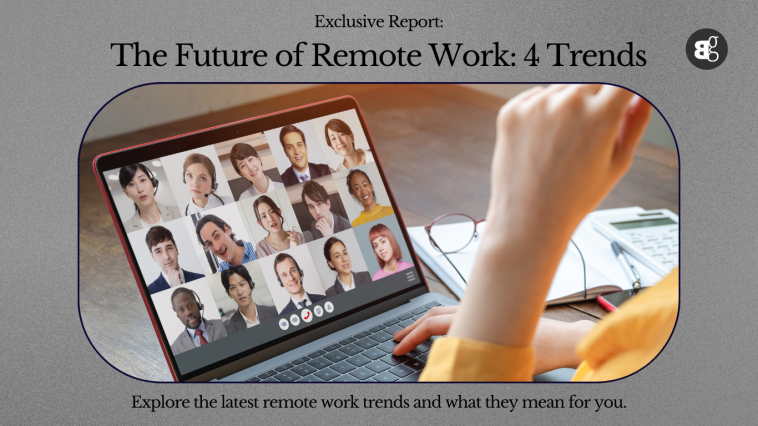There is no denying the change in the work environment following COVID-19. The workplace has completely changed as a result of the widespread adoption of remote work, which was previously the exception. Beyond full WFH, what should we be on the lookout for? Take a look at these four trends:
1. Hybrid Working
Offices aren’t done for good (so sorry). Hybrid models are increasingly common, combining remote and in-office work. Employers are using this strategy to give workers the benefits of both worlds: the convenience of working from home and the teamwork that comes with face-to-face interactions. Employees can work from home (WFH) and come into the office for free lunches when needed under this model.
2. Better digital tools
Robust digital infrastructure is becoming increasingly necessary as remote work continues to evolve. (a fancy term for technology). Businesses are spending money on cloud services, AI and VR, and cybersecurity measures in addition to improved connectivity solutions. Yes, exactly—it’s similar to a video game but for work.
Virtual reality (VR) can help close the gap between real-world and virtual workspaces. These tools can create collaborative virtual workspaces that resemble in-person interactions, facilitate virtual meetings, and simulate office environments. Additionally, more advanced and integrated communication tools intended to improve teamwork should be anticipated.
3. Freer schedules
Even though Dolly Parton worked from 9 to 5, perhaps we won’t have to. WFH trends may make more asynchronous work possible. With this strategy, workers can work when it best fits their personal and professional schedules. Asynchronous work fosters a results-oriented work environment in addition to accommodating various time zones. And get more rest.
4. Focus on Wellbeing
The loneliness and exhaustion that come with working remotely (as well as the past four years overall) have made mental health a major topic. Initiatives like wellness programmes, mental health days, and flexible scheduling are being implemented by businesses. And it affects not just the health of the workforce but also the environment. By decreasing the need for commuting and carbon footprints, remote work is promoting sustainable practices.
Conclusion
The evolution of remote work into a more adaptable, productive, and employee-focused workplace is what the future holds. It’s evident that the remote work revolution is just getting started as we adjust to these changes, and it offers both businesses and employees a wealth of exciting opportunities. The finest part is taking naps during the working day. Don’t tell your boss, though.




